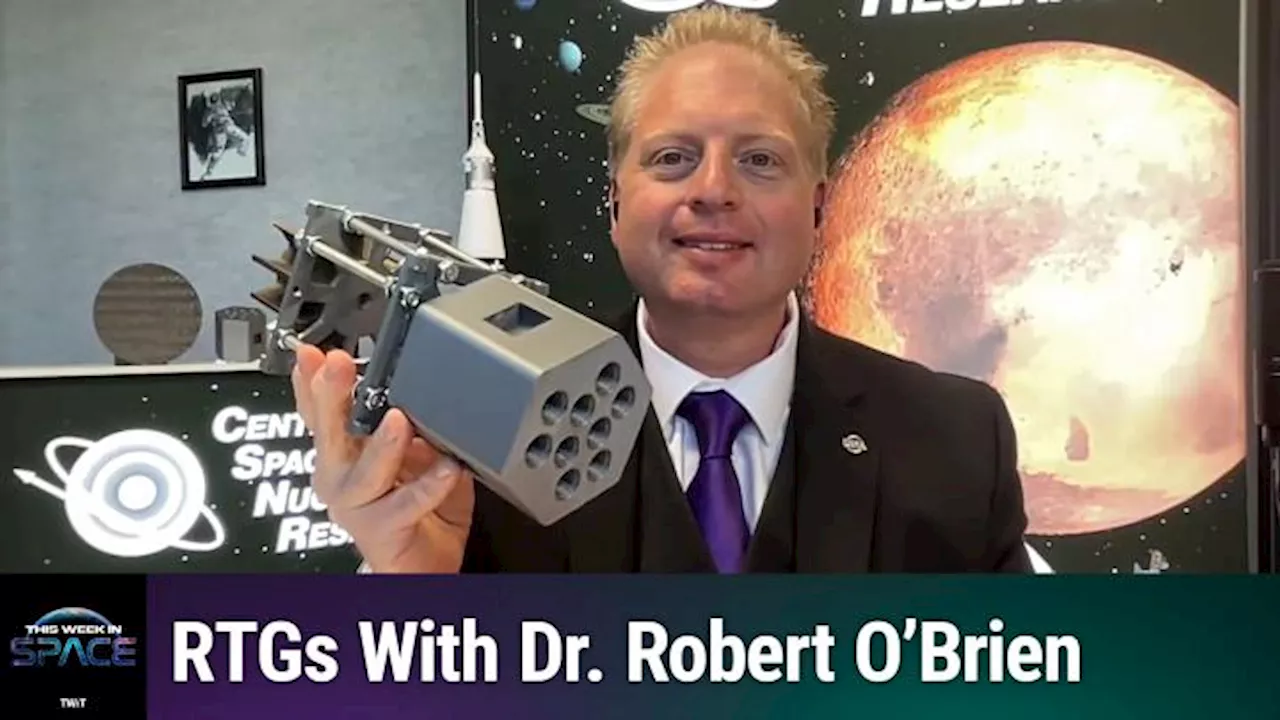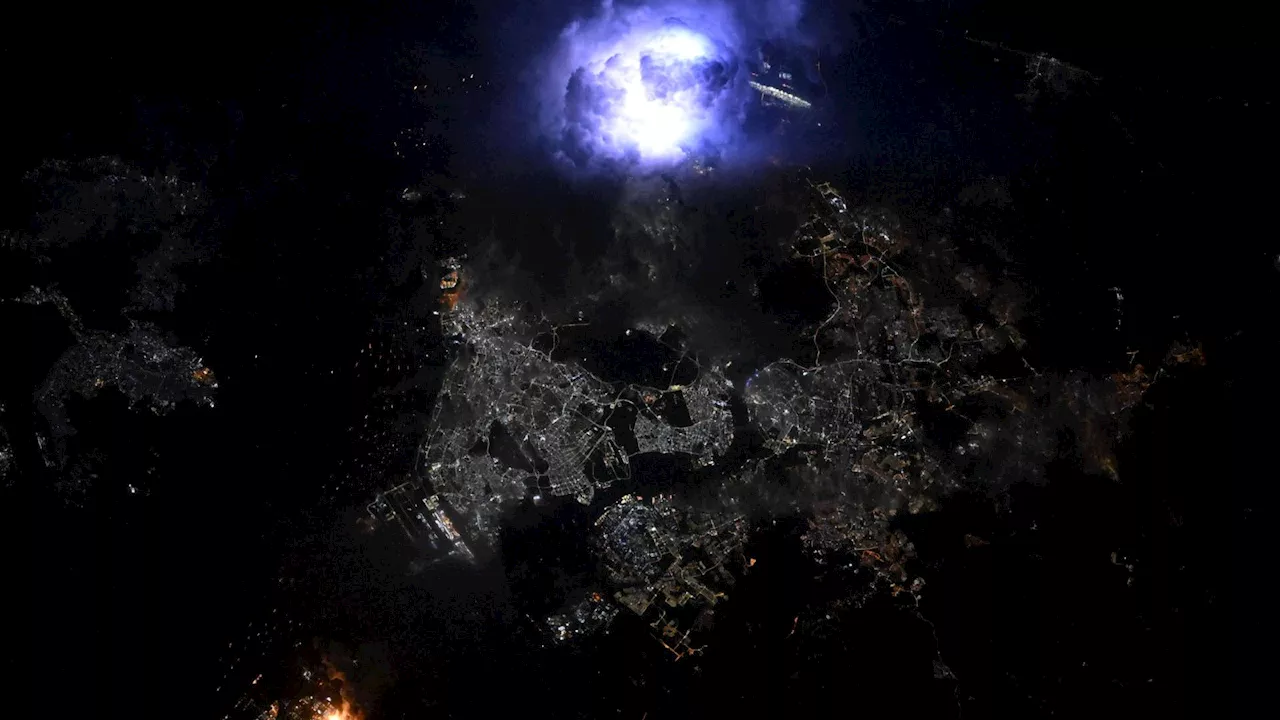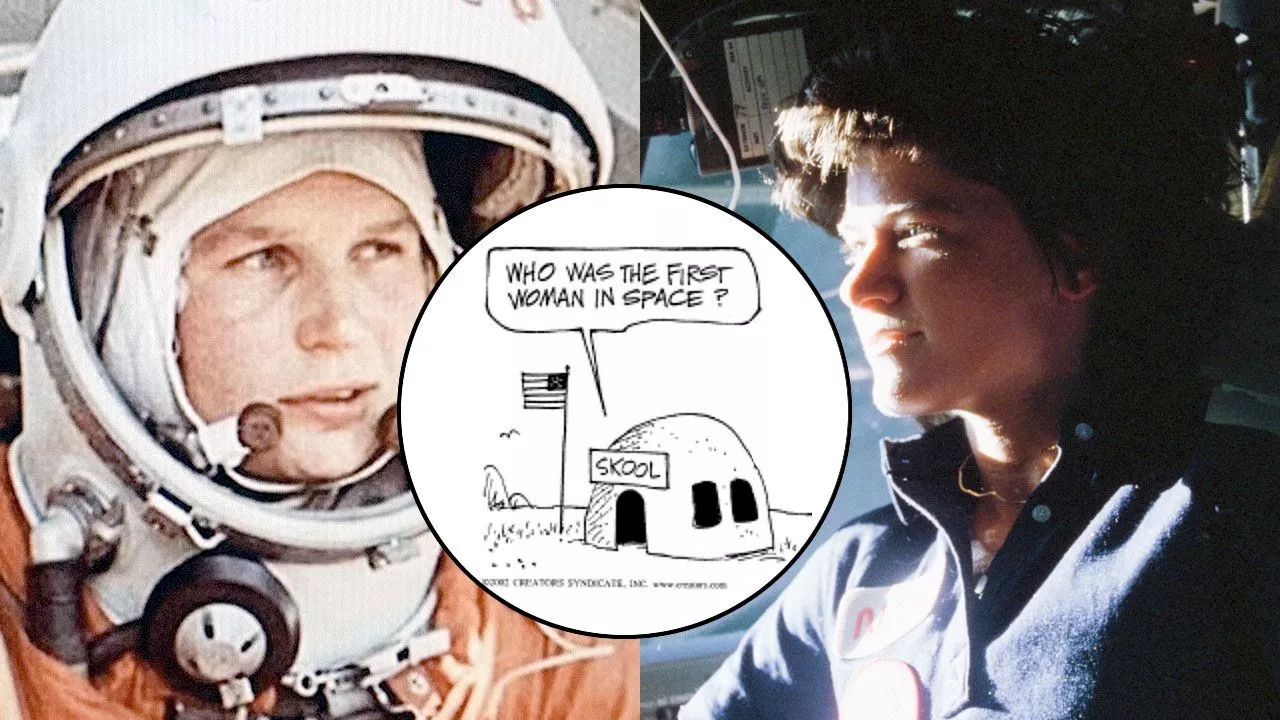Scientists are using sonification to transform space data into sound, offering new insights and a captivating way to experience the universe.
From black holes to star clusters, scientists are utilizing a process called sonification to transform space data into sound. This innovative method allows a broader audience to experience the cosmos while providing researchers a novel approach to interpreting scientific data. Dr. Kimberly Arcand, a visual scientist at the Harvard-Smithsonian Center for Astrophysics, joins us to explore how data sonification is revolutionizing our understanding of the universe.
Sonification, at its core, involves translating data into auditory representations. Just as we visualize information through images, graphs, or mathematical models, we can now represent it through sound. For observatories like Chandra X-ray Observatory, Hubble, and Webb, scientists take observed data such as the position, brightness, and energy of celestial objects and map this information to sound parameters like pitch, volume, and instrument type.This results in captivating auditory experiences that reveal hidden patterns and structures within the data. For instance, sonification of Chandra's image of Tycho's supernova remnant creates a multi-layered soundscape that reflects the composition of the ejected material. Distinct sounds represent different elements like silicon, iron, and sulfur, providing a unique way to perceive the dynamic remnants of a stellar explosion. Dr. Arcand and her team carefully select data sets based on their scientific story and identify key features to highlight. They then establish mapping rules to translate scientific information into an engaging auditory experience. This process involves balancing the precision of the data with creative elements to ensure the resulting soundscape is both scientifically accurate and musically pleasing.
Sonification Space Data Astronomy Data Visualization Sound
United States Latest News, United States Headlines
Similar News:You can also read news stories similar to this one that we have collected from other news sources.
 This Week In Space podcast: Episode 170 — Atomic Space Batteries!Space.com is the premier source of space exploration, innovation and astronomy news, chronicling (and celebrating) humanity's ongoing expansion across the final frontier. Originally founded in 1999, Space.com is, and always has been, the passion of writers and editors who are space fans and also trained journalists.
This Week In Space podcast: Episode 170 — Atomic Space Batteries!Space.com is the premier source of space exploration, innovation and astronomy news, chronicling (and celebrating) humanity's ongoing expansion across the final frontier. Originally founded in 1999, Space.com is, and always has been, the passion of writers and editors who are space fans and also trained journalists.
Read more »
 Chabot Space and Science Center launches 'Space Week' in OaklandThe Chabot Space and Science Center is set to launch a new series of interactive events for families this week with a special program called Space Week, running from Wednesday through Aug. 3.
Chabot Space and Science Center launches 'Space Week' in OaklandThe Chabot Space and Science Center is set to launch a new series of interactive events for families this week with a special program called Space Week, running from Wednesday through Aug. 3.
Read more »
 ISS astronauts spot lightning strike from space | Space photo of the day for July 29, 2025Kenna Hughes-Castleberry is the Content Manager at Space.com. Formerly, she was the Science Communicator at JILA, a physics research institute. Kenna is also a freelance science journalist. Her beats include quantum technology, AI, animal intelligence, corvids, and cephalopods.
ISS astronauts spot lightning strike from space | Space photo of the day for July 29, 2025Kenna Hughes-Castleberry is the Content Manager at Space.com. Formerly, she was the Science Communicator at JILA, a physics research institute. Kenna is also a freelance science journalist. Her beats include quantum technology, AI, animal intelligence, corvids, and cephalopods.
Read more »
 Space Force’s Secretive X-37B Is Returning to Space With New TechThe spaceplane is gearing up for its eighth launch, set for August 21.
Space Force’s Secretive X-37B Is Returning to Space With New TechThe spaceplane is gearing up for its eighth launch, set for August 21.
Read more »
 Investing in Space: Space IPOs are rearing their heads againA recent string of IPOs signals the space sector is once more warming to traditional public listings.
Investing in Space: Space IPOs are rearing their heads againA recent string of IPOs signals the space sector is once more warming to traditional public listings.
Read more »
 Trailblazing women in space quiz: Can you name the first five female astronauts in space?Kenna Hughes-Castleberry is the Content Manager at Space.com. Formerly, she was the Science Communicator at JILA, a physics research institute. Kenna is also a freelance science journalist. Her beats include quantum technology, AI, animal intelligence, corvids, and cephalopods.
Trailblazing women in space quiz: Can you name the first five female astronauts in space?Kenna Hughes-Castleberry is the Content Manager at Space.com. Formerly, she was the Science Communicator at JILA, a physics research institute. Kenna is also a freelance science journalist. Her beats include quantum technology, AI, animal intelligence, corvids, and cephalopods.
Read more »
